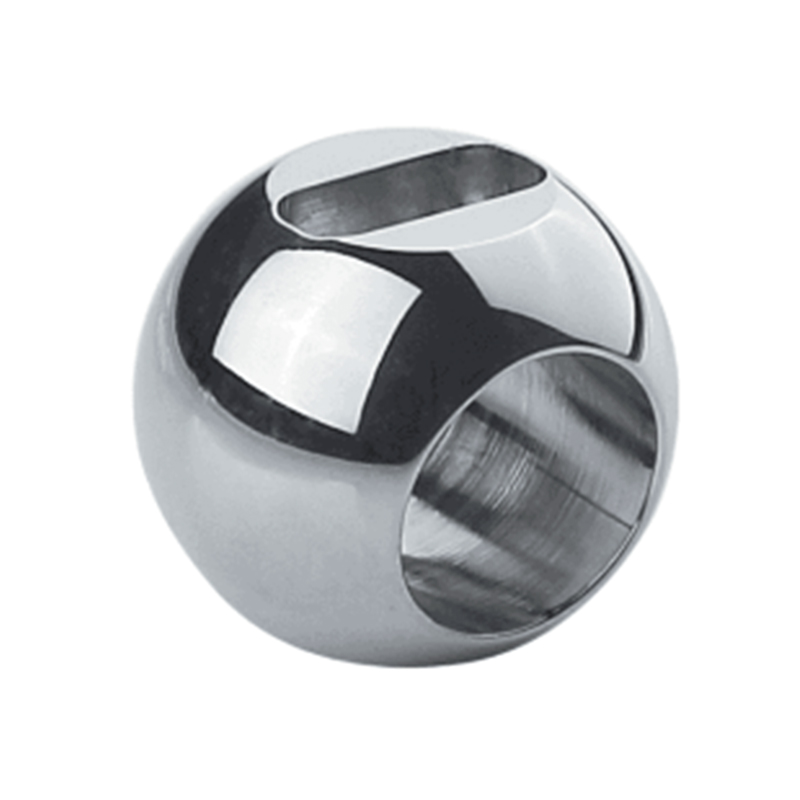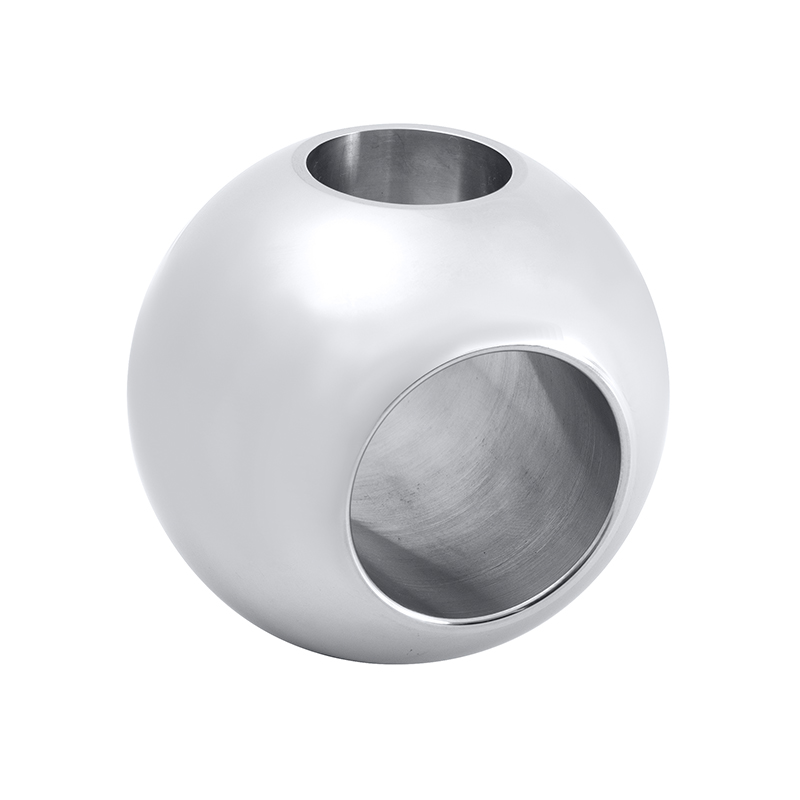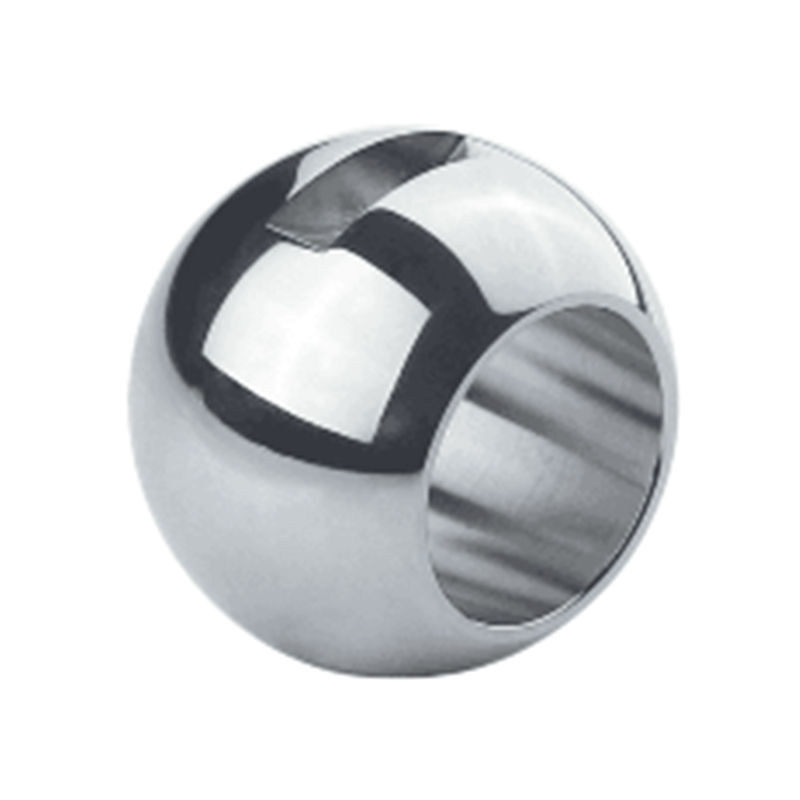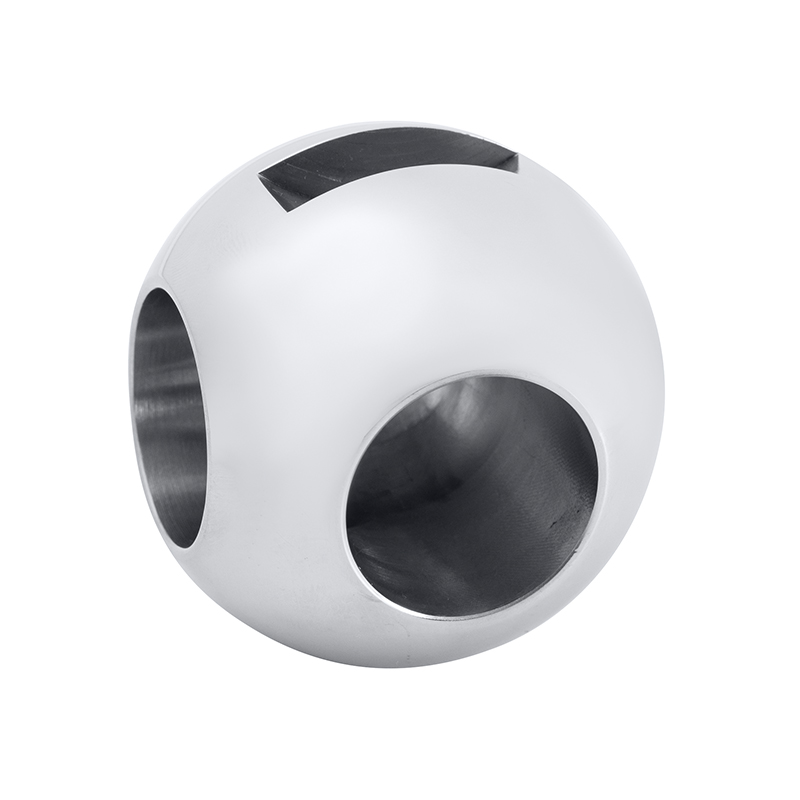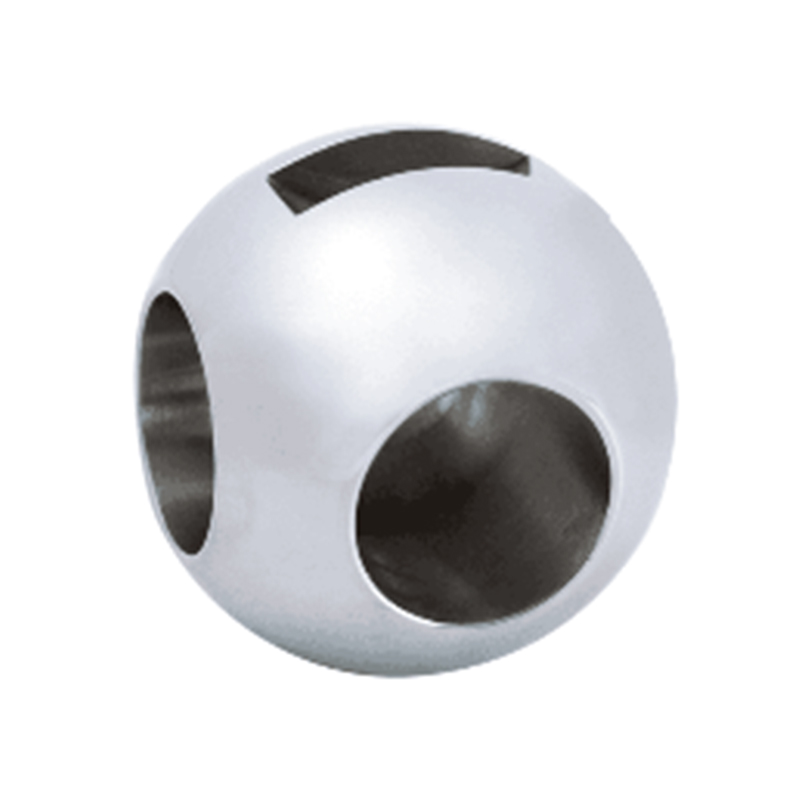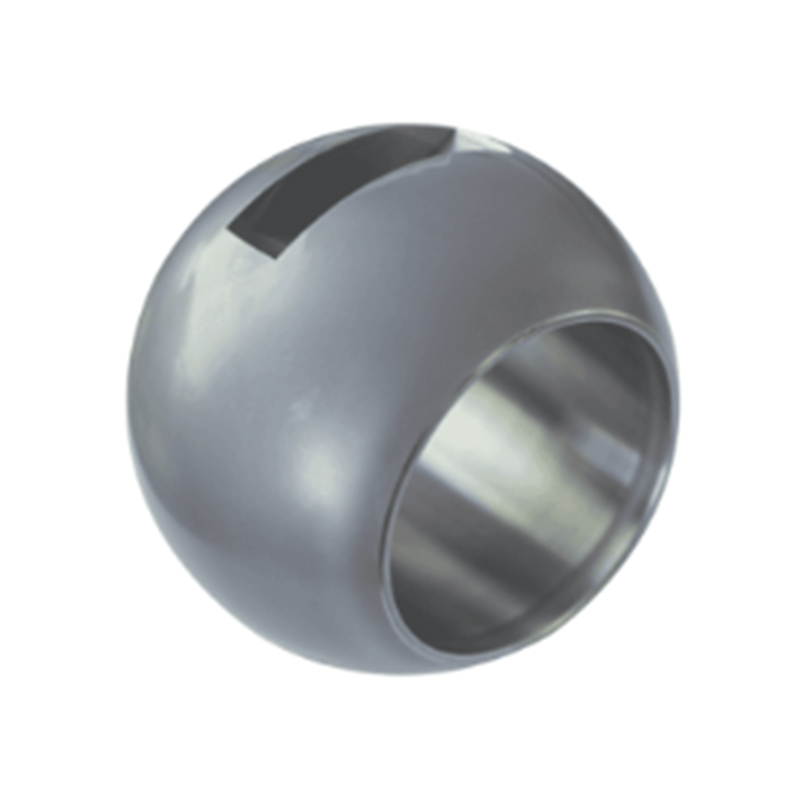In the fabrication of industrial valve balls, precision and tolerance control are central to ensuring product functionality, durability, and compatibility with a wide range of applications. As high performance ball valves, ball valve control valves, and stem fluid valves become increasingly vital in industries such as energy, chemical processing, and water treatment, the demand for consistently accurate components continues to rise. This article explores how strict tolerance control plays a key role in the manufacture of valve balls and how it affects the overall efficiency and reliability of fluid control systems.
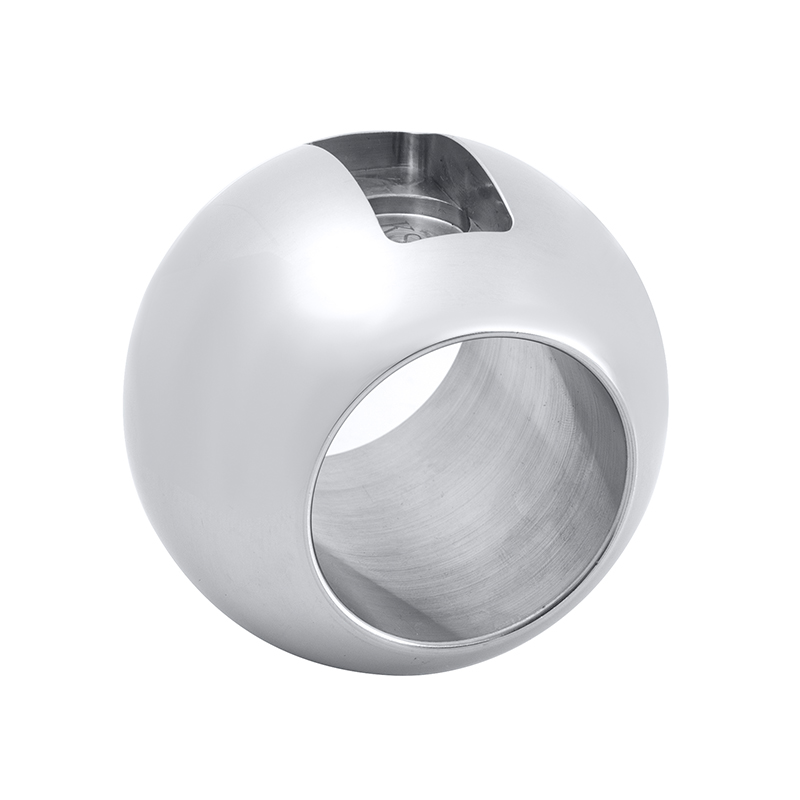
The Role of Tolerance in High-Performance Ball Valves
High-performance ball valves are often deployed in high-pressure, high-temperature, or corrosive environments. In such conditions, even minor deviations from specified dimensions can result in leakage, premature wear, or mechanical failure. The valve ball must exhibit uniform roundness, consistent surface finish, and precise diameter control to interact correctly with valve seats and seals.
Tight tolerance control ensures that the ball rotates smoothly within the valve body, creating a proper seal when in the closed position and allowing unrestricted flow when open. If the valve ball's dimensions fall outside of acceptable limits, the valve may fail to maintain pressure integrity or respond accurately to flow demands. Therefore, in high-performance ball valve systems, maintaining geometric precision through advanced machining processes is essential.
Tolerance Requirements in Ball Valve Control Valves
Ball valve control valves are designed not only to start or stop fluid flow but also to regulate it accurately. These valves rely on the interaction between the valve ball and actuator to fine-tune flow rates in process control systems. As a result, they require a higher degree of precision than on-off valve types.
Tolerance control in the fabrication of valve balls for control valves directly influences the valve's response curve and control accuracy. Small changes in the ball's surface profile or concentricity can advance to inconsistent flow behavior, especially in throttling applications. For this reason, quality control measures such as coordinate measuring machines (CMMs), roundness testers, and laser scanning systems are often used to verify conformance with design specifications.
Moreover, the machining and polishing of valve balls for control valves often require multiple finishing stages, such as lapping and superfinishing, to achieve the smoothness and roundness necessary for precise modulation. These techniques reduce micro-irregularities that can disrupt laminar flow or advance to turbulence inside the valve body.
Integration with Stem Fluid Valves
Stem fluid valves typically incorporate a stem that connects the actuator or handle to the valve ball. The interface between the valve ball and the stem is another critical area where tolerance control is vital. If the stem connection is too tight, it may cause increased friction or stress concentration, potentially pilot to mechanical failure during operation. Conversely, a loose connection can result in backlash, delayed response, or difficulty in achieving full open or closed positions.
In stem fluid valve assemblies, the hole in the valve ball that receives the stem must be machined with exacting precision. This ensures a secure mechanical fit without compromising the rotational freedom necessary for fluid control. Additionally, tolerance control helps maintain alignment between the stem and the valve ball, which is crucial for automated systems where precise actuator movement is required.
The interaction between the valve ball and stem also has implications for torque requirements and sealing performance. Inaccurate tolerances can increase operating torque, reducing energy efficiency or requiring oversized actuators. Precise tolerance management helps prevent these issues, supporting smooth valve operation and extended service life.
Manufacturing Methods and Quality Assurance
Modern valve ball fabrication employs CNC turning, grinding, and polishing technologies that are capable of maintaining tolerances within a few microns. Depending on the material—stainless steel, alloy steel, or composite materials—different machining strategies may be used to achieve the desired precision.
After machining, non-destructive testing (NDT), such as dye penetrant inspection and ultrasonic testing, is commonly used to detect surface or subsurface flaws. Final inspections often include dimensional checks with high-resolution metrology equipment to ensure that each ball meets the required specifications for its intended application.
In addition to machining accuracy, environmental factors such as temperature and humidity during the production process must be controlled, as they can affect material expansion and measurement reliability. Proper handling, cleaning, and storage practices also contribute to maintaining tolerance integrity from fabrication through final assembly.
Conclusion
Tolerance control in industrial valve ball fabrication is a foundational element of producing reliable, high-quality valve components. Whether for high-performance ball valves, ball valve control valves, or stem fluid valves, precision manufacturing and strict quality standards ensure functional integrity, operational consistency, and system compatibility. As industrial processes demand tighter control and longer service life from their components, the role of accurate valve ball fabrication becomes increasingly significant.

 English
English Español
Español Deutsch
Deutsch
